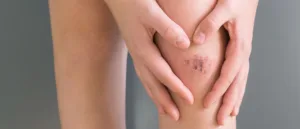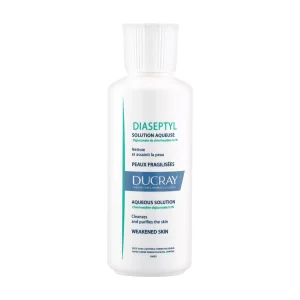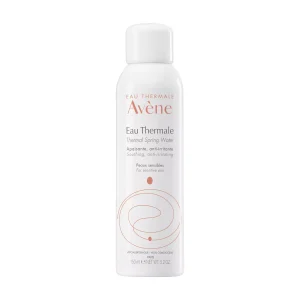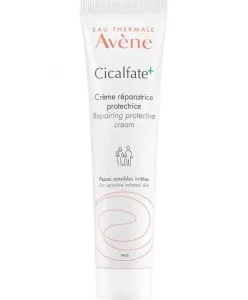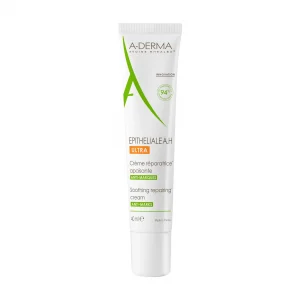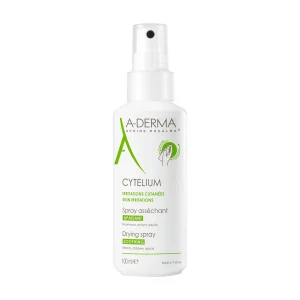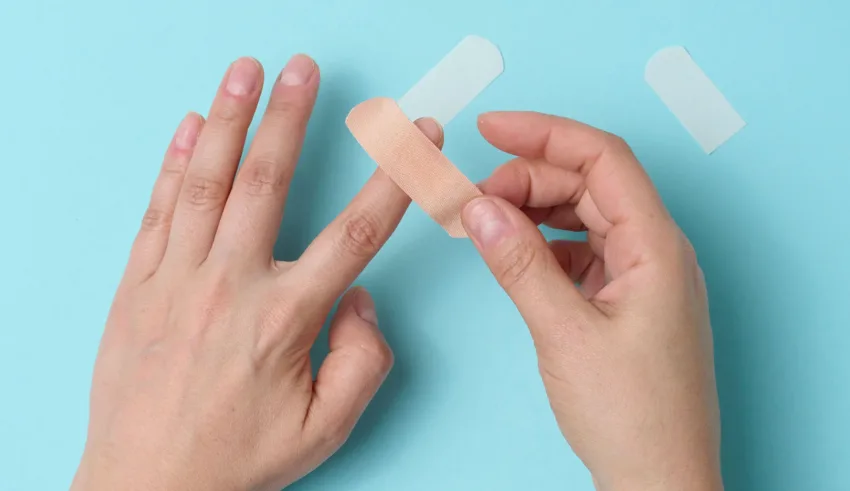
Minor wounds and burns are common, so it is important to know how to manage these injuries and to have the appropriate first aid products on hand. Proper wound care is essential for healing and reducing the risk of scarring and secondary bacterial skin infections. If you want to know how to care for any injury, read this article from The Dermo Lab.
How are wounds and burns classified?
Assessing the type and severity of a wound or burn is critical to choosing the best care protocol and deciding if self-treatment is appropriate.
Generally, wounds are classified according to their acuity and depth. Acute wounds can be classified as abrasions, punctures, or lacerations and are usually due to trauma. With proper care, these wounds usually heal within a month in healthy adults.
- Typically caused by a rubbing or friction injury, abrasions involve the epidermis.
- Punctures result from a sharp object piercing the epidermis, dermis, and possibly deeper tissue.
- Lacerations are caused by sharp objects that have pierced different layers of the skin.
In general, if acute wounds such as abrasions, lacerations, and puncture wounds do not extend beyond the dermis, self-care is appropriate.
Superficial burns and some partial-thickness superficial burns are the only types of burns that are suitable for self-treatment. People with deeper burns, such as chemical or electrical burns, should always be referred for medical evaluation and treatment.
1- First-degree burns
- These burns affect only the surface of the skin or epidermis and usually result in redness and mild pain.
- Overexposure to the sun can cause a first-degree burn.
2- Second-degree burns
- These burns penetrate to the second layer of the skin, or dermis.
- They are usually bright red and have a moist or swollen appearance.
- A burn with extremely hot water or other liquid can cause this type of burn.
- Some second-degree burns may require a skin graft or skin substitute to heal.
Second-degree burns are often accompanied by blisters and scratches that can become infected.
3- Third-degree burns
- These burns affect all layers of the skin and are usually dry or hard to the touch.
- They may appear ashy, black, or brown.
- If the burn has damaged the nerve endings, the patient may not feel any pain.
- Causes may include hot oil, friction, contact with hot surfaces such as a stove, curling iron or motorcycle muffler, or even a chemical burn.
These more serious burns can result in devastating injuries, including loss of function or limb, and recurrent infection. Severe burns can damage muscles and other tissues that affect every system in the body, and they can result in death.
Third-degree burns require immediate medical attention.
How are minor wounds and burns treated?
In general, the goals of a wound and burn treatment are to promote healing, prevent infection and complications, provide physical protection and minimize the risk of scarring. Self-treatment of minor wounds and burns should include cleaning the damaged area, use of antiseptics and antibiotics, and closing or covering the area with an appropriate dressing.
Treatment of minor wounds:
Here are the steps to safely treat minor wounds that are close to the skin surface and less than a quarter inch deep.
- Wash your hands thoroughly with soap and water. Before cleaning or dressing the wound, make sure to wash your hands to avoid contamination and infection of the wound.
- If bleeding occurs, apply direct pressure to the wound. Use a clean towel to apply gentle pressure to the area until the bleeding stops. After the bleeding stops, examine the wound for dirt or other foreign objects.
- Gently flood the wound with clean water or saline solution, if possible. Injuries that are not cleaned properly can retain bacteria and cause infection.
To save you time in finding your own supply, we offer the best disinfectant spray. It is intended to be used on minor wounds and to protect the skin from microorganisms that may enter it through cuts.
Ducray Diaseptyl Spray
After cleaning, pat dry and apply a soothing spray to reduce redness and irritation. The following spray offers long-lasting protection with moisturizing and soothing ingredients.
Eau Thermale Avène Spring Water Spray
- Apply a wound cream. Apply a wound cream to improve and accelerate the healing of the skin. A wound cream can be used on all weakened skin and helps restore the skin while preserving the skin’s natural barrier and promoting an optimal environment for skin recovery.
Discover the following creams that help promote and maintain a healthy skin environment for optimal recovery.
For non-oozing wounds:
Eau Thermale Avène Cicalfate+ Restorative Protective Cream
A-Derma Epitheliale A.H Ultra Soothing Repairing Cream
For oozing wounds:
If your wound is oozing, we recommend drying it with the following spray from A-Derma which drains and decongests oozing skin. It also soothes, calms, and softens the skin in case of irritation.
A-Derma Cytelium Drying Spray
Once your wound is dry, you can continue with the creams mentioned above.
- Apply an adhesive dressing or gauze. Superficial wounds do not require a dressing. However, you can apply one or use a sterile compress. If you apply a dressing, check and replace wound dressings every 24 hours.
Many minor burns can be treated at home. We offer these do’s and don’ts:
Do:
- Run cool (not cold or icy) water for five to ten minutes on a small burn.
- Seek medical attention for any large burn or if the burn involves the feet, face, eyes, or genitals.
- Remove clothing and jewelry near the burn, but do not attempt to remove clothing stuck to the burn.
Don’t:
- Touch or soak a severe burn.
- Prick the blisters. But if they burst, gently remove the dead skin so germs can’t settle in.
For first- or second-degree burns that are less than about 5 cm in diameter, we recommend the following measures for home treatment:
- Wash the area daily with a mild soap.
- Apply an antibiotic ointment or dressing to keep the wound moist. But how can we dress a burn wound? Cover the burn with a moist, sterile dressing. The dressing should be kept cool and moist to ensure continued pain relief.
End note
For wounds and burns to heal properly, proper care is essential. The importance of effective wound care cannot be underestimated. Patient wounds that are poorly managed can lead to the development of a chronic wound!
Last Updated on April 3, 2023
